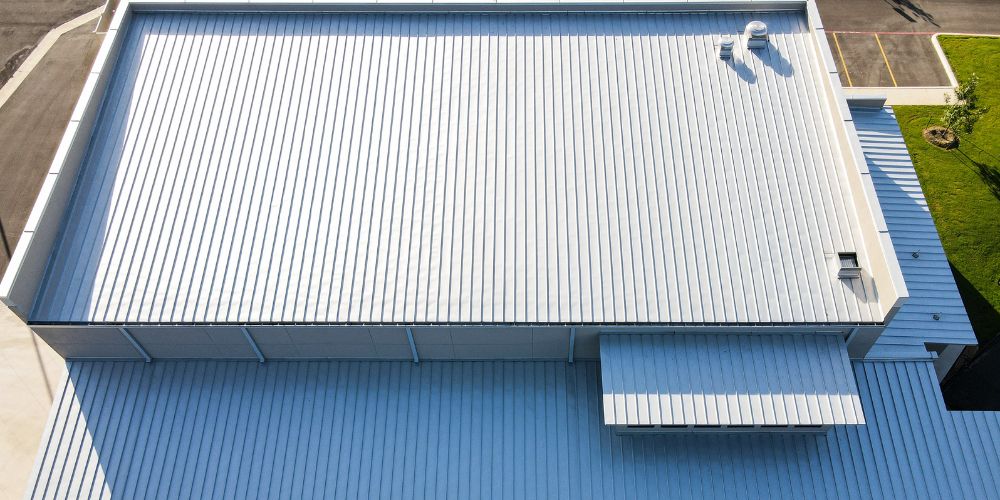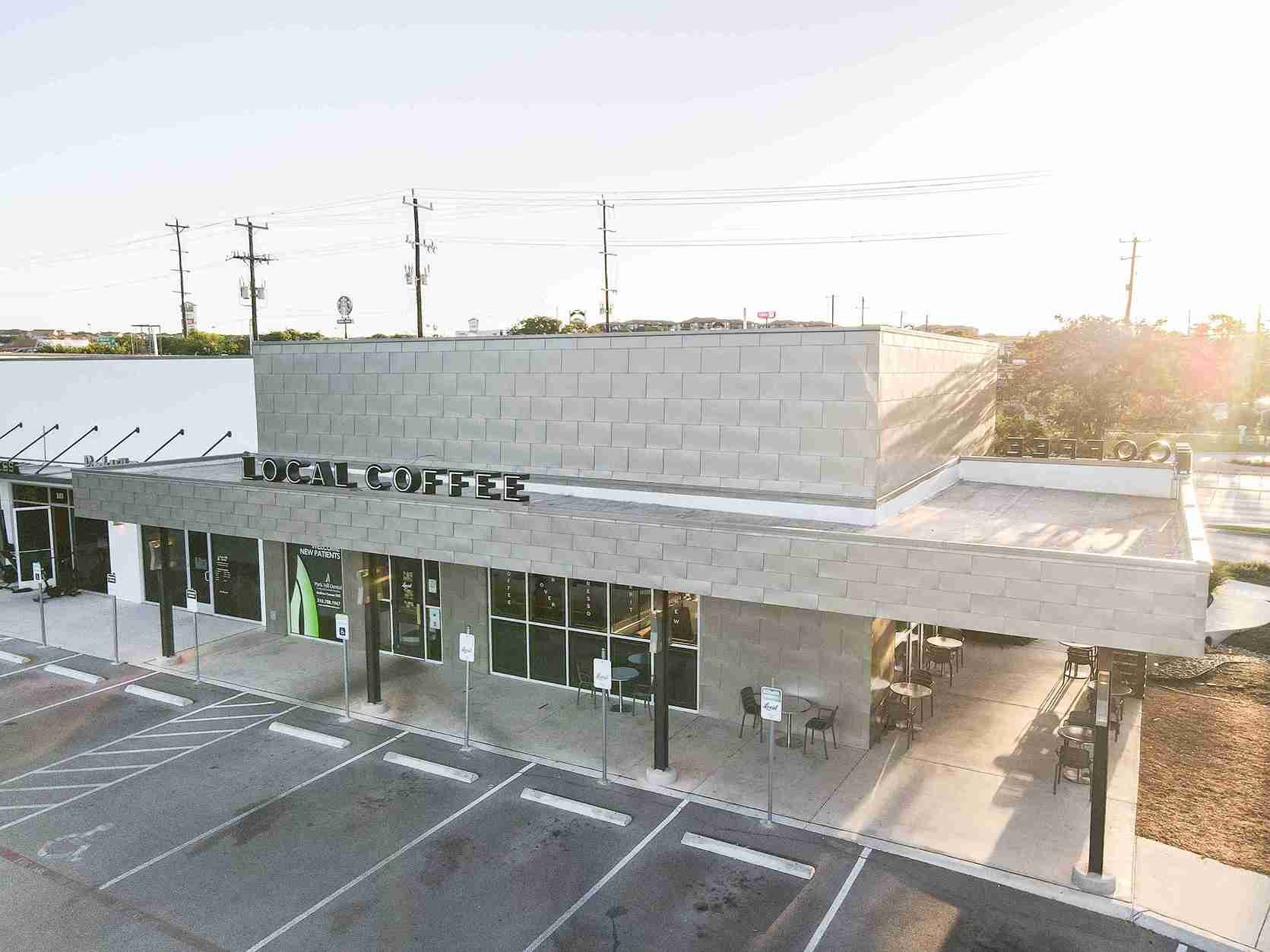When it comes to roofing, knowing the right terms makes a big difference—whether you’re tackling maintenance on your own home or working with a professional. Roofing terminology covers everything from the materials used and structural components to ventilation systems, warranties, and overall performance.
Having a clear understanding of these terms helps you make confident, informed decisions about your roofing project. It also makes conversations with contractors smoother, so you’re always on the same page.
This guide breaks down the most important roofing terms you’ll come across—covering key components, materials, structural elements, performance features, maintenance, and warranties. Whether you’re starting a new roof installation or just want to understand your current setup a little better, this glossary is here to help you navigate it all with confidence.
Basic Roofing Terms
Here are clear definitions of essential roofing terms to help you better understand the structure and function of your roofing system:
Roof Deck
The roof deck is the base layer of your roofing system, usually made from plywood or oriented strand board (OSB). It’s what all other roofing materials are built on, so it needs to be strong enough to handle everything from high winds and heavy rain to the weight of shingles and underlayment.
Underlayment
Installed directly over the roof deck and under the shingles, underlayment serves as a key moisture barrier. It’s typically made from felt, synthetic materials, or rubberized asphalt and provides backup protection if water ever gets past the outer roofing layer.
Flashing
Flashing is made from metal and is used in areas where water is most likely to find a way in—like around chimneys, skylights, valleys, and vents. Properly installed flashing helps redirect water away from these vulnerable spots, keeping your roof watertight.
Fascia
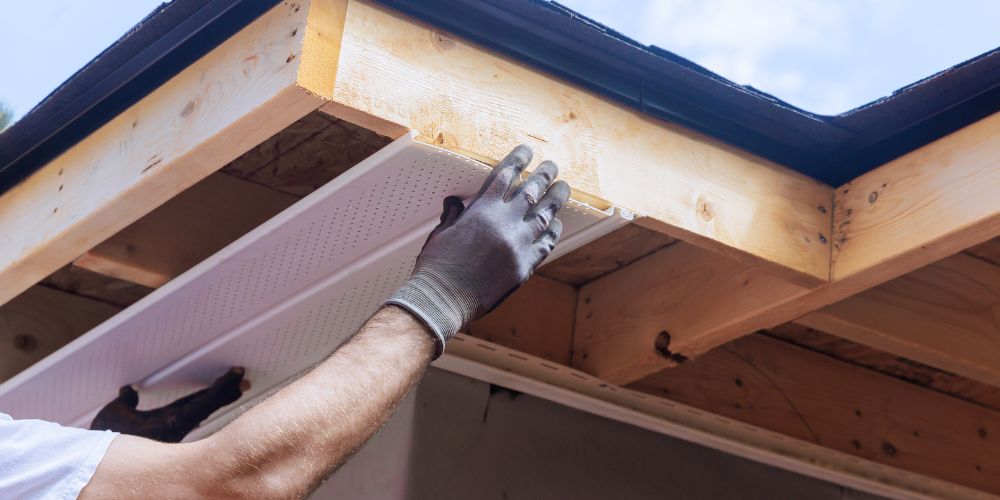
The fascia is the board that runs along the edge of your roof, just behind the gutters. It supports the lower edge of the roof and gives the structure a clean, finished look. It’s also critical for holding your gutter system in place.
Soffit
Located underneath the roof’s overhang, the soffit connects the edge of the roof to the exterior wall. It allows air to flow into the attic, helping to manage temperature and moisture levels—a must for homes in San Antonio, where heat and humidity can cause damage if not properly controlled.
Common Roof Materials & Types
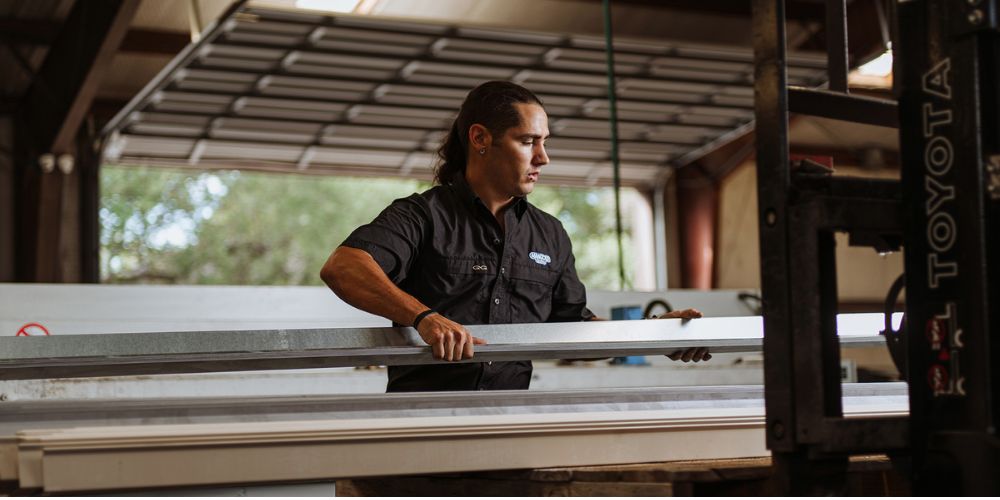
Asphalt Shingles
Thanks to their affordability, durability, and wide range of color and style options, asphalt shingles are one of the most commonly used roofing materials. They’re easy to install and provide reliable protection against wind, rain, and the Texas sun—making them a practical choice for many San Antonio homes.
Metal Roofing
Image Alt: Metal roofing
Metal roofs, built from materials like steel, aluminum, or copper, are known for their durability and energy efficiency. Whether it’s a home or commercial property, metal roofing offers a long lifespan—often lasting 40 to 70 years—and provides excellent protection against fire, strong winds, and impact from debris or hail. It’s a smart, long-term investment for San Antonio properties.
Also Read: Metal Roof vs Shingle Roof
Tile Roofing (Clay & Concrete)

Clay and concrete tile roofs are valued for their durability and classic appearance. Popular in warmer regions like San Antonio, they stand up well to intense heat, heavy rains, and high winds—making them a reliable choice for homeowners who want both style and strong weather resistance.
TPO & PVC Roofing
Synthetic roofing materials such as TPO and PVC are popular options that contractors frequently use when installing flat and low-slope roofs. UV rays, chemicals, and punctures cannot affect these roofing materials, which demonstrate superior resistance properties.
Modified Bitumen & Built-Up Roofing
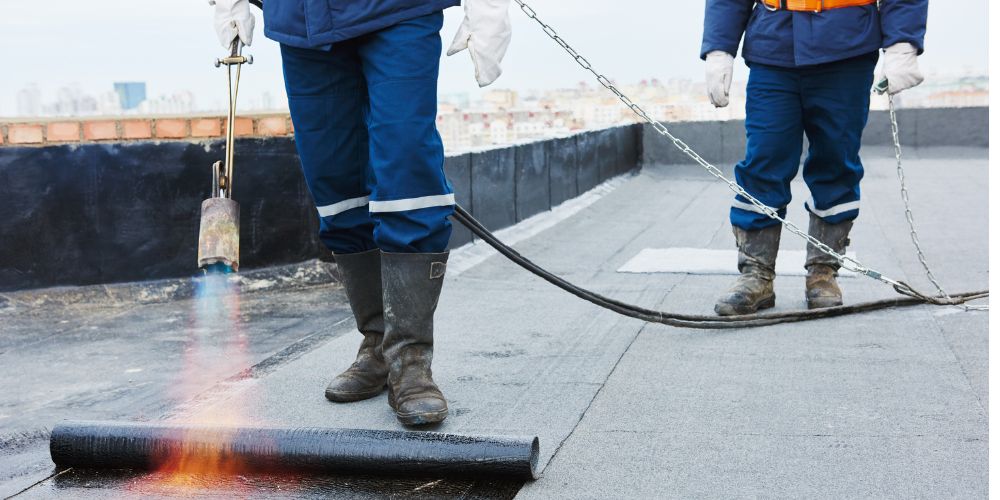
Commercial buildings most commonly use modified bitumen along with built-up roofing (BUR) systems for their roofs. Multi-layered construction systems increase both waterproofing and durability requirements.
Key Structural Components
Rafters
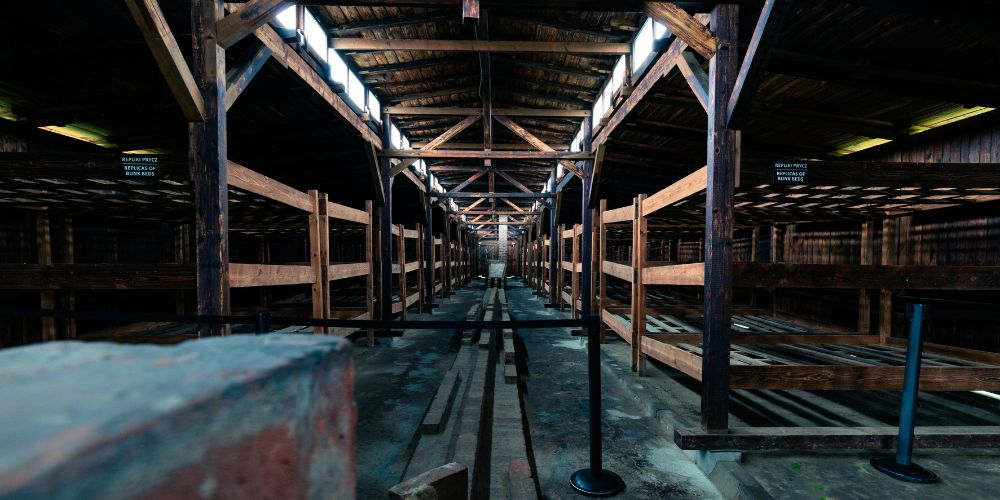
Rafters are the angled boards that run from the peak of your roof down to the edges. They’re what holds up the roof itself, and they play a big role in the structure’s overall strength. Around here in San Antonio, we rely on solid rafter systems to stand up to our heat, storms, and everything in between.
Trusses
Trusses are pre-built roof supports made up of connected beams that do a lot of heavy lifting—literally. They’re designed for strength and efficiency, which helps reduce the need for extra support walls inside the home. If you’re building or re-roofing in South Texas, trusses are a smart way to get long-term support without overcomplicating the structure.
Ridge
The ridge is the very top of your roof, where two sides meet. It’s also where we often install ridge vents to help your attic breathe—something that’s especially important in San Antonio’s hot, humid climate.
Hip
A hip is the external angle formed where two roof slopes come together. You’ll see hip roofs all over San Antonio because they’re great for high-wind resistance. That makes them ideal for homes in areas that get sudden gusty weather or storms.
Valley
A valley is where two sloping parts of your roof meet on the inside angle. These spots naturally collect water, so proper flashing and installation are key. Our team takes extra care in roof valleys to keep your home dry and leak-free—even in those heavy Texas downpours.
Dormer
A dormer is that little windowed extension that sticks out from a roof—great for adding natural light and usable space to an attic. We see a lot of dormers in classic and historic San Antonio homes, and they’re always a standout architectural feature when done right.
Eaves
Eaves are the parts of the roof that extend past your exterior walls. They do more than just add charm—they help direct rainwater away from your home and keep your foundation protected. In our area, eaves also help with ventilation and shading, which is a big help during our long, hot summers.
Gables
Gables are the triangular sections you’ll see at the ends of many pitched roofs. They add a distinctive look and also help with attic ventilation. A well-designed gable can give your home extra curb appeal while helping your roof perform better year-round.
Roofing Performance & Protection Terms
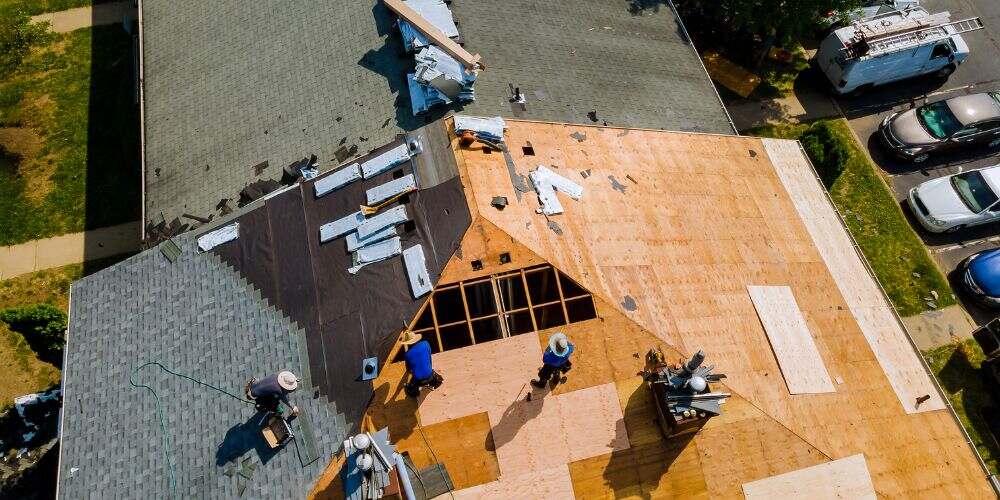
Roof Pitch & Slope
Roof pitch is just the measurement of how steep your roof is—usually shown as a ratio like 6:12 (a 6-inch rise for every 12 inches across). The slope matters because it affects how water drains and what materials are best for the job. In San Antonio, a proper pitch helps your roof handle sudden downpours and intense heat without skipping a beat.
Ventilation (Ridge Vent, Soffit Vent, etc.)
Good ventilation isn’t just a nice-to-have—it’s a must. Ridge vents and soffit vents work together to keep air moving through your attic, helping control moisture and keeping temps down. That’s especially important here in South Texas, where summer heat can do a number on your roof if it’s not breathing properly.
Ice & Water Shield
Even though we don’t deal with ice all that often, this waterproof barrier still plays a big role, especially around roof edges and valleys. It gives your roof added protection against heavy rains and wind-driven water, which we know San Antonio gets more than its fair share of.
Drip Edge
A drip edge is a piece of metal flashing installed along the edges of your roof. Its job is to guide rainwater into your gutters instead of letting it run down your fascia. It’s a small detail that makes a big difference in protecting your home from water damage.
Roofing Issues & Maintenance Terms
Blistering & Curling
Blistering happens when moisture or air gets trapped under shingles, causing bubbles to form. Curling is when the edges of shingles start to lift upward—usually from age, heat exposure, or poor installation. When both are present, it’s a sign your roof may be nearing the end of its lifespan and could fail if not addressed soon.
Granule Loss
Asphalt shingles are coated in granules that protect them from UV damage and wear. Over time, those granules wear off—especially in the San Antonio sun—which shortens the life of the roof and increases the risk of leaks. If you’re seeing granules in your gutters, it may be time for an inspection.
Ponding Water
Flat roofs are more prone to water pooling in low spots, especially if the drainage system isn’t working as it should. Standing water can lead to leaks, material breakdown, and even structural issues if ignored for too long. It’s something we always keep an eye on during inspections.
Leak Barrier
A leak barrier is an extra layer of waterproof protection installed in high-risk areas like roof valleys, eaves, and around vents. It helps keep water out in spots that tend to collect more moisture, especially during San Antonio’s heavy rains and sudden storms.
Roofing Warranties & Certifications
Manufacturer’s Warranty vs. Workmanship Warranty
A manufacturer’s warranty covers the roofing materials themselves—protecting you against defects in the shingles or other components. A workmanship warranty, on the other hand, comes from your contractor and covers any issues related to the installation. When your roof is backed by both, you’re getting full protection: quality products and peace of mind that the work was done right.
Wind & Impact Resistance Ratings
Roofing materials are tested to see how well they hold up against high winds, hail, and flying debris. Here in San Antonio, we get our fair share of unpredictable weather, so it’s smart to look for shingles with a Class 4 impact rating. It’s the highest rating available and means your roof can better withstand harsh conditions.
Energy-Efficient Roofing Certifications
Energy-efficient roofs help reflect the sun’s heat, keeping your home cooler and cutting down on air conditioning costs—something every homeowner in South Texas can appreciate. Look for materials certified by ENERGY STAR® or the Cool Roof Rating Council (CRRC) to ensure you choose products that perform and save.
Conclusion
Understanding roofing terminology helps homeowners make smarter choices when it comes to repairs, replacements, or routine maintenance. When it comes to things like ventilation, leak protection, or material selection, knowing the right terms ensures you get the most value out of your investment—and communicate clearly with your contractor.
At Mangold Roofing, we’re committed to helping you make informed decisions while providing expert roofing solutions tailored to your home’s needs. Whether you’re planning a full roof replacement, need a quick repair, or just want regular maintenance done right, our team brings dependable craftsmanship and durable materials to every project.
Ready to get started? Schedule your appointment with Mangold Roofing through our website and experience roofing done the right way.


